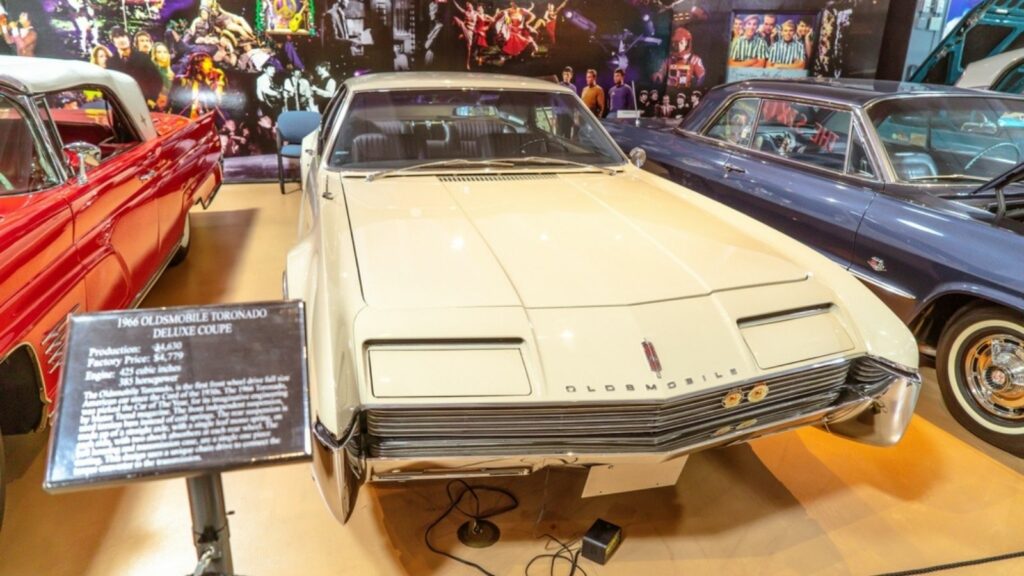Cars have and continue to transform our lives. They have also played a significant role in human culture and transportation history. Before cars, people’s mobility was restricted to the villages or towns they were born in. The automotive evolution tells a story of human development and innovation. Here are 15 iconic cars that have shaped the automotive landscape:
Benz Patent Motorcar 1886
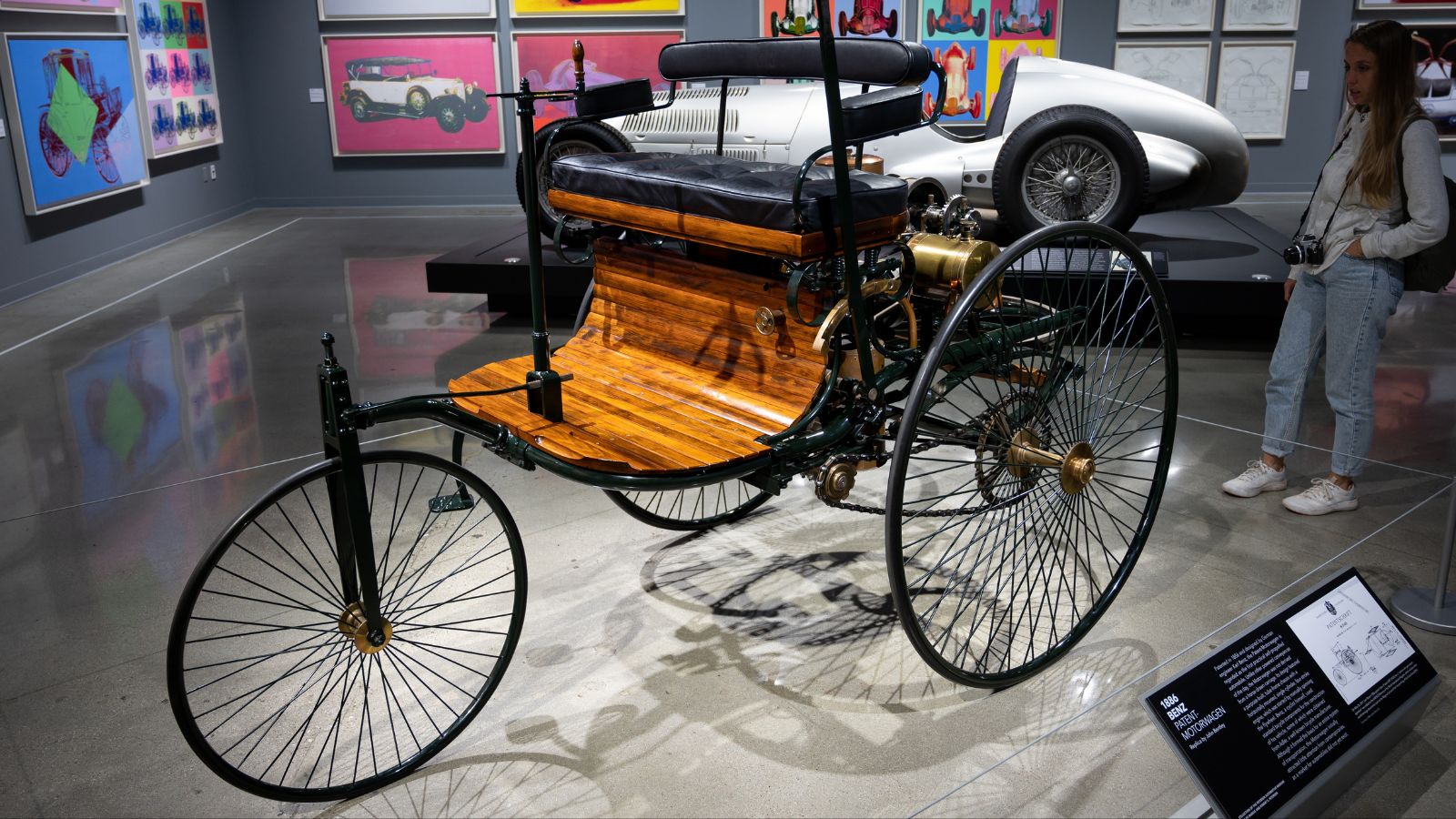
The first car that transformed how humans traveled from one place to another was the Benz Patent Motorcar in 1886. The vehicle had three wheels, an engine with a singular cylinder that could produce less than one horsepower, and a top speed of about 10 miles per hour. This vehicle revolutionized human transportation and played a big role in the dawn of the automotive industry. The car made its public debut that same year, and reports of the car soon began in July 1886 with sightings of the Motorwagen.
Semper Vivus 1900
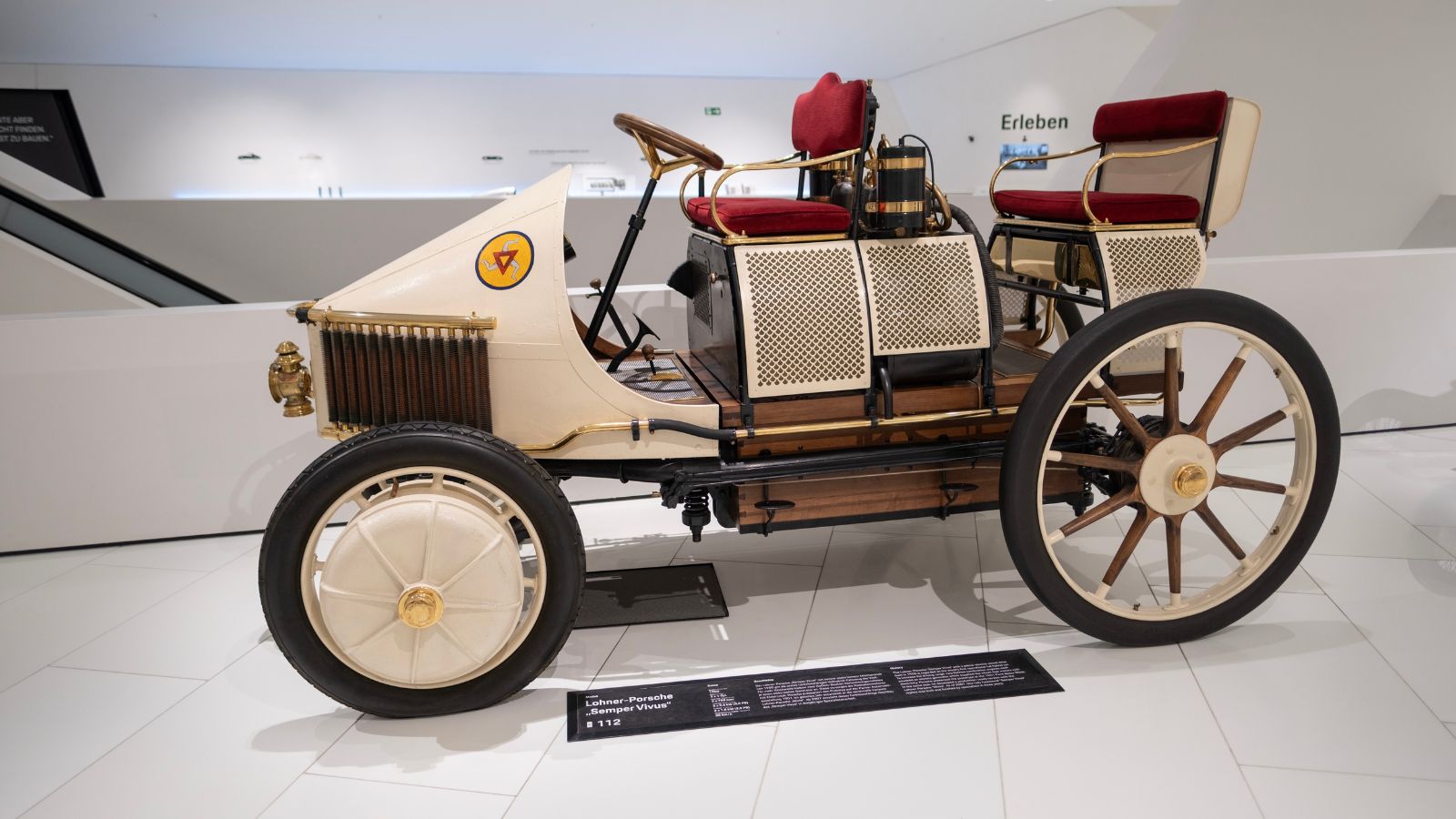
In 1900, Professor Ferdinand Porche created the first functional hybrid car that changed the automotive industry. Porche combined a battery-powered wheel hub drive with a petrol engine to create the serial hybrid drive principle that took over the automotive industry. The battery could generate electricity from two small gasoline engines that were used to power the car’s front wheels and soon became the standard principle used for car battery designs for many years.
Rolls Royce Silver Ghost 1906
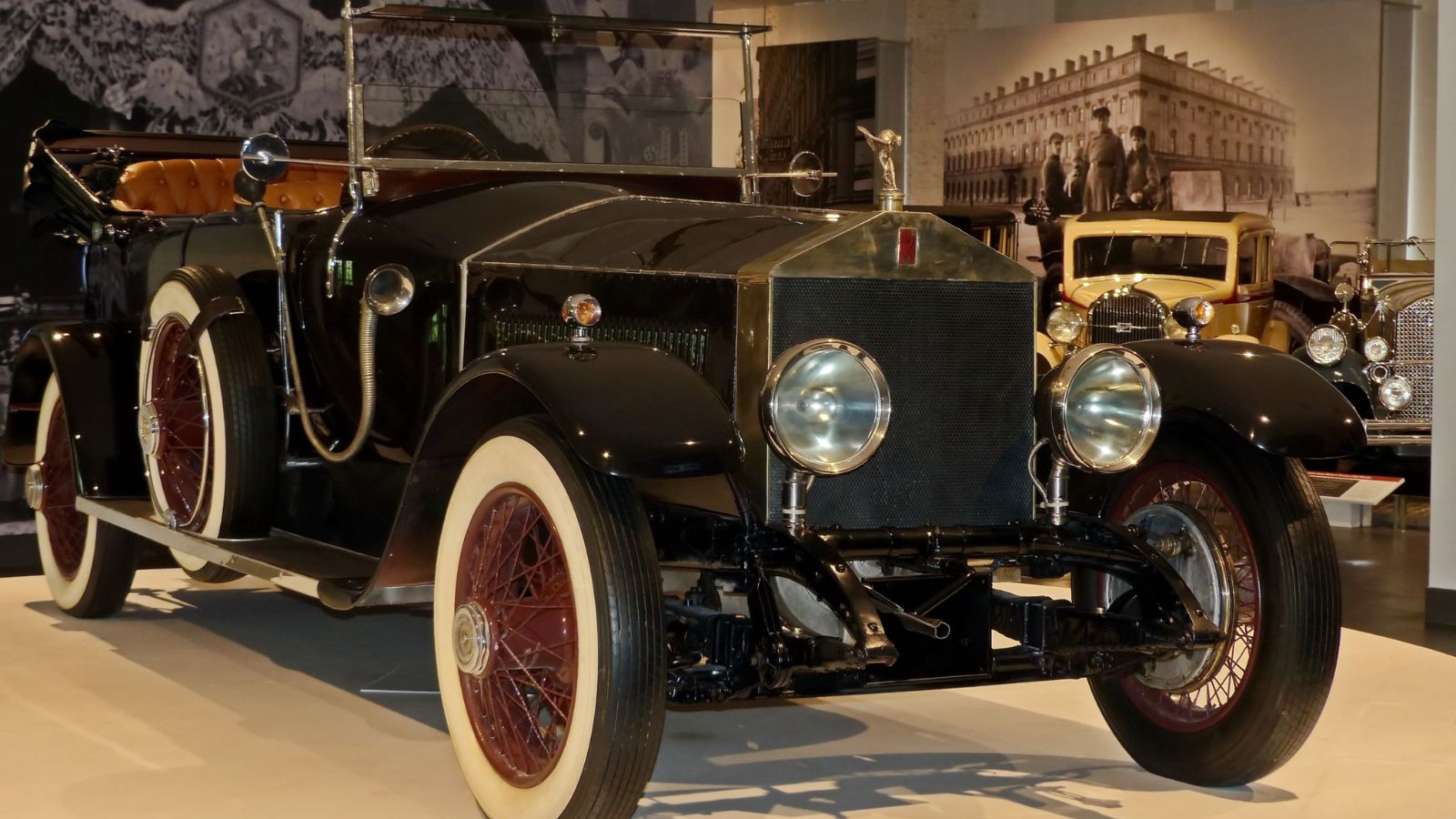
The launch of the Rolls Royce Silver Ghost in 1906 cemented the car manufacturer’s presence in the automotive industry as the creator of “the best car in the world.” The car set unmatched standards for performance and reliability in vehicles and proved to be one of the toughest cars on the road during its time. The original model of the car’s engine had a twin-cylinder that could provide 10 horsepower, and it later changed to six cylinders that could provide 30 horsepower. The 40/50 model of the car became renowned and was admired for its 60mph top speed, sturdiness of 1000kg, and horsepower of 48 hp, which changed how cars were made.
Cadillac Touring Edition 1912
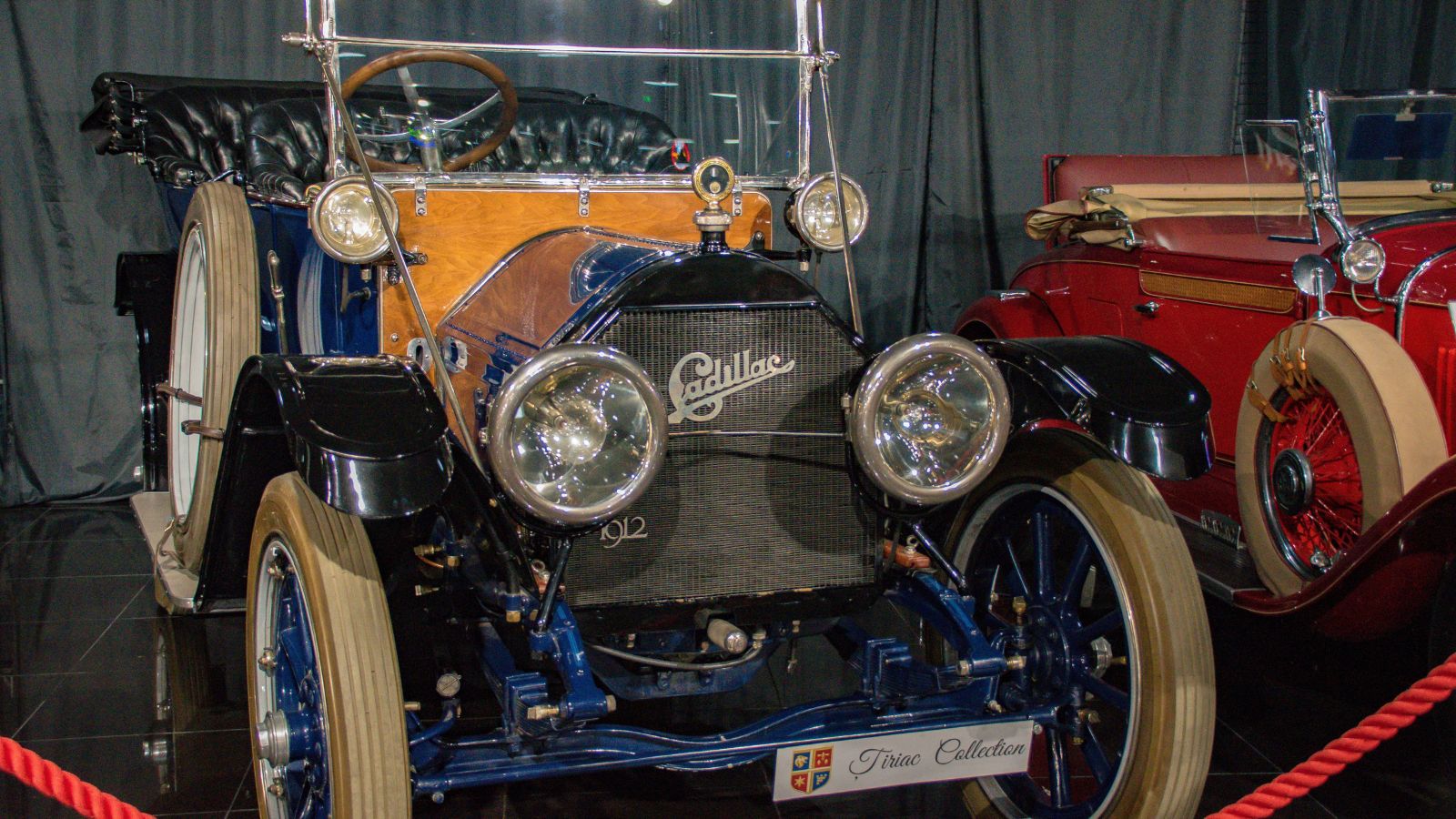
In 1912, Cadillac introduced one of the first cars to have an electric starter instead of the engine crank that used to bring cars to life in the past. The hand crank in the cars led to many injuries and even broken bones. However, this car revolutionized how drivers started their car engines. The car’s engine has four cylinders and could produce up to 40 hp of performance. With a wheelbase of 118” and a weight of about 3100 lbs, the car was reliable and sturdy and could provide a high performance even for a car made over a hundred years ago.
Ford Model T 1913
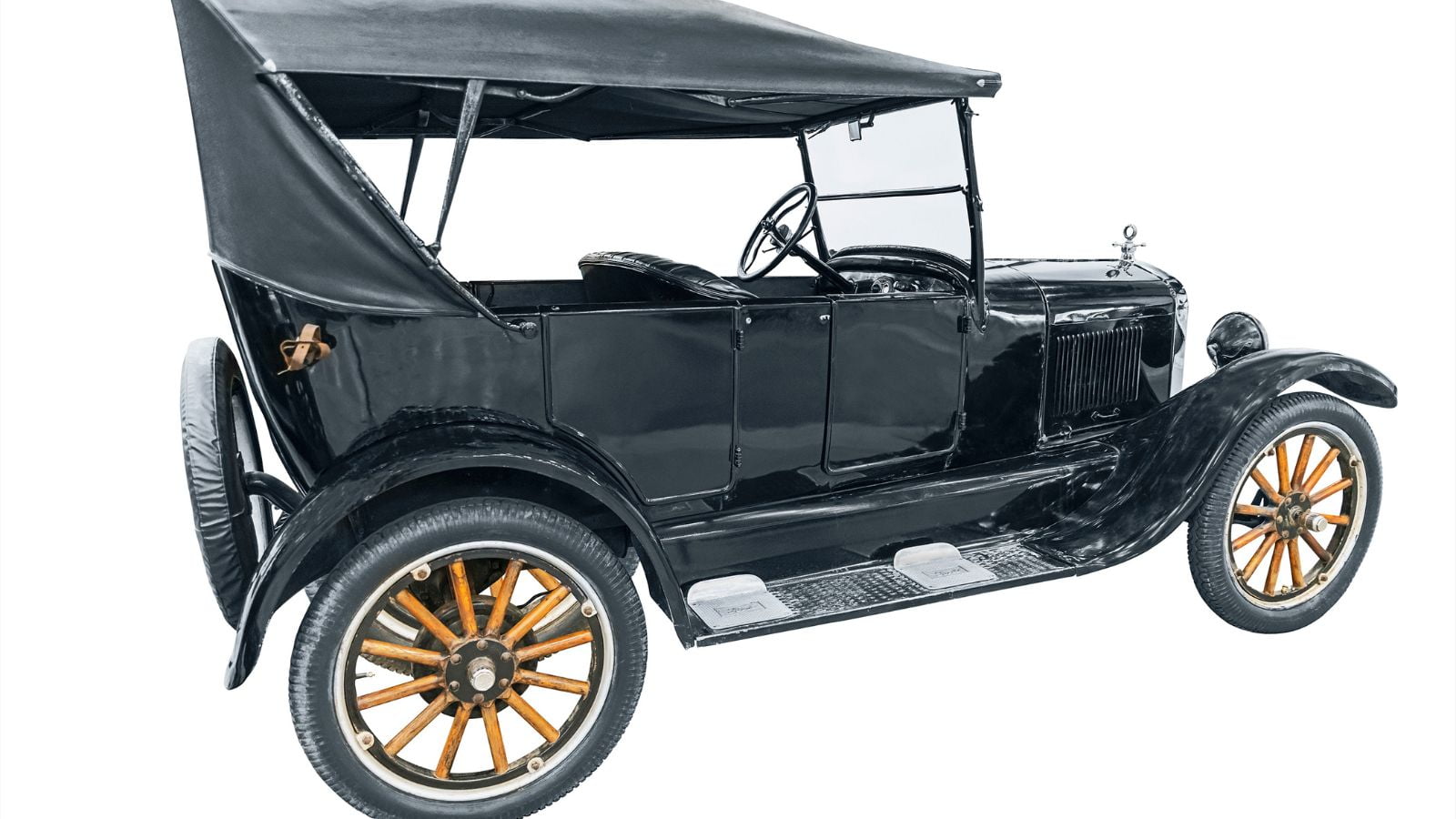
The Ford Model T had a significant impact on the automotive industry in the US. The car was one of the first to bring car ownership to the masses thanks to the production line used by Ford, which also enabled them to build 15 million Model Ts from 1908 to 1927. This car had 22 horsepower, a width of about 65”, and weighed 1485 lbs. The car was lighter than many cars made during those times and had a top speed of about 45 mph. As the car increased in production, its models had slight changes that began with a change from the hand crank engine starters to the battery-powered starters.
Patterson-Greenfield 1915
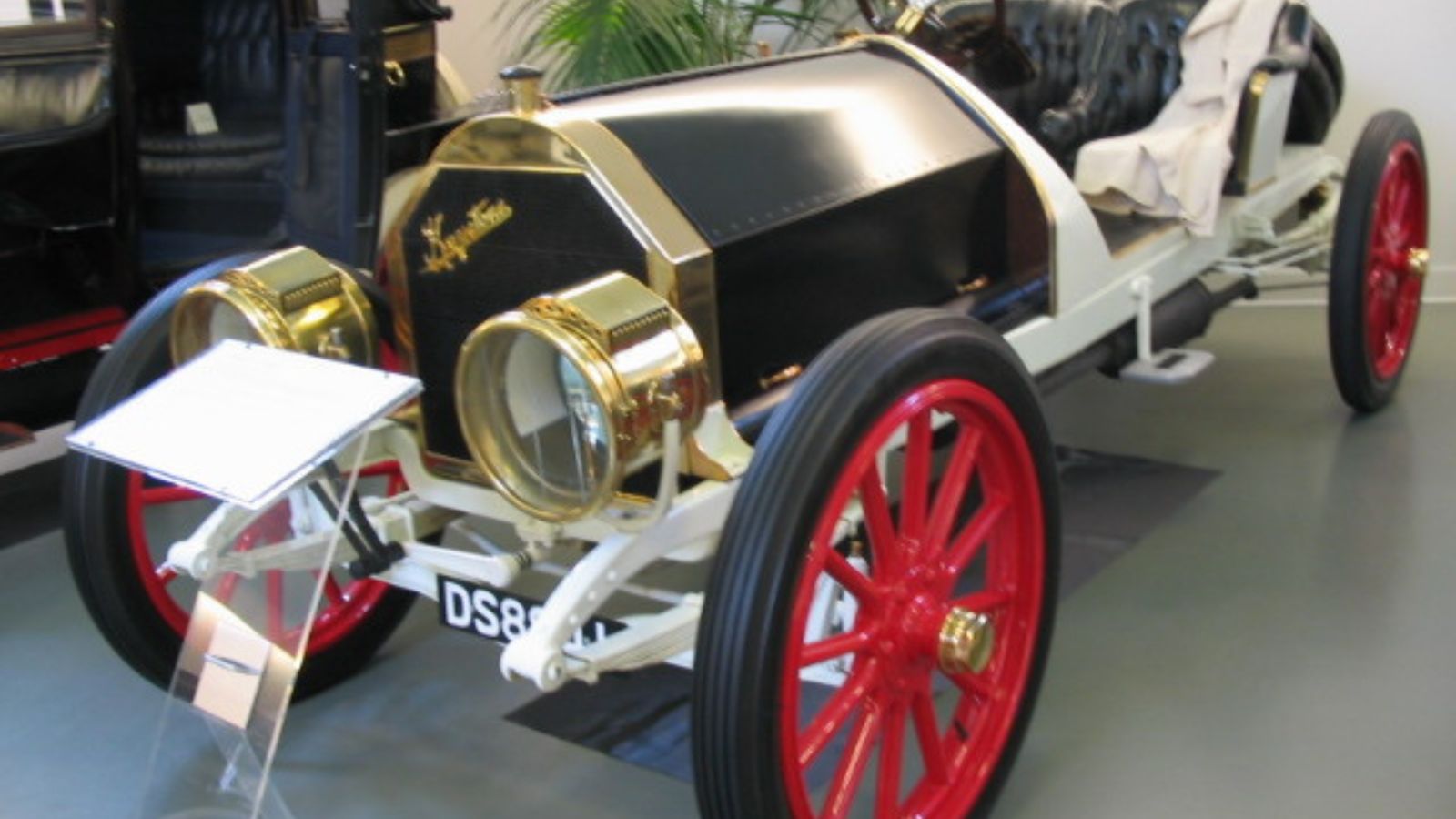
In 1915, the Patterson-Greenfield car hit the markets. This car was produced by an African-American-owned car company that laid down the foundation for a shift to making automobiles horseless. It was produced between 1915 and 1918 and symbolized handcrafted excellence. The car had a Continental 4-cylinder engine and 30 hp that rivaled the cars produced by more prominent manufacturers. This automaker played an essential role in the evolution of cars to go horseless by producing custom-made and reliable vehicles.
1927 Rolls-Royce Phantom 1

This car played a significant role in the evolution of vehicles by providing a luxury vehicle that boasted refinement and premium standards. It had a 6-cylinder engine that could produce a whopping 108 hp. It had a four-speed gearbox, a solid front axle, and a live rear axle with four-wheel mechanical brakes. The car exemplified how automobiles could be defined in luxury and introduced a new era of vehicles that appealed to the rich and more sophisticated public.
1934 Chrysler Airflow
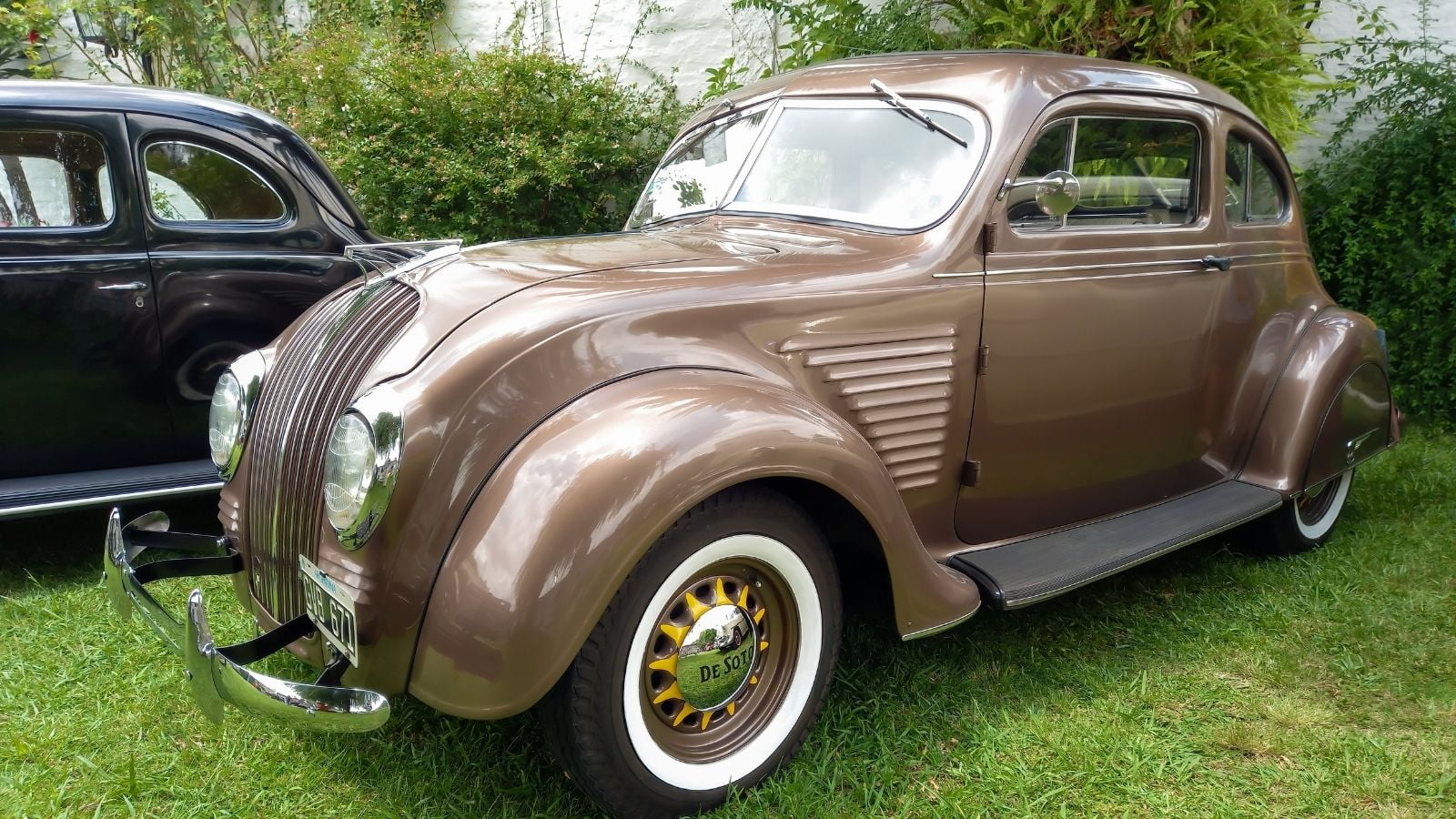
The 1934 Chrysler Airflow was regarded as well ahead of its time in terms of design and was proven so for the car’s lack of sales. Even with the lack of sales, the innovation behind the car’s design, with its teardrop shape and forward-set cabin, inspired other automakers to use similar designs in the future. The car could produce up to 115 hp through its L8 cylinders and had top speeds that allowed it to travel up to 90 mph. This Chrysler model also had a rear-wheel drive and a 3-speed manual gearbox that became more commonly found in cars by this decade.
1934 Citroen Traction Avant

This was one of the first mass-produced cars to have a front-wheel drive, enabling the 1934 Citroen Traction Avant to change how cars were made. The 1934 Citroen Traction Avant was created by a French engineer and sculptor who created a sleek, lightweight, unibody car with independent suspension and hydraulic brakes. It also had 56 hp and top speeds of about 70 mph. The car played a significant role in the evolution of the automotive industry thanks to its pioneering design and use of features not typically seen in cars made that decade.
1938 Volkswagen Beetle
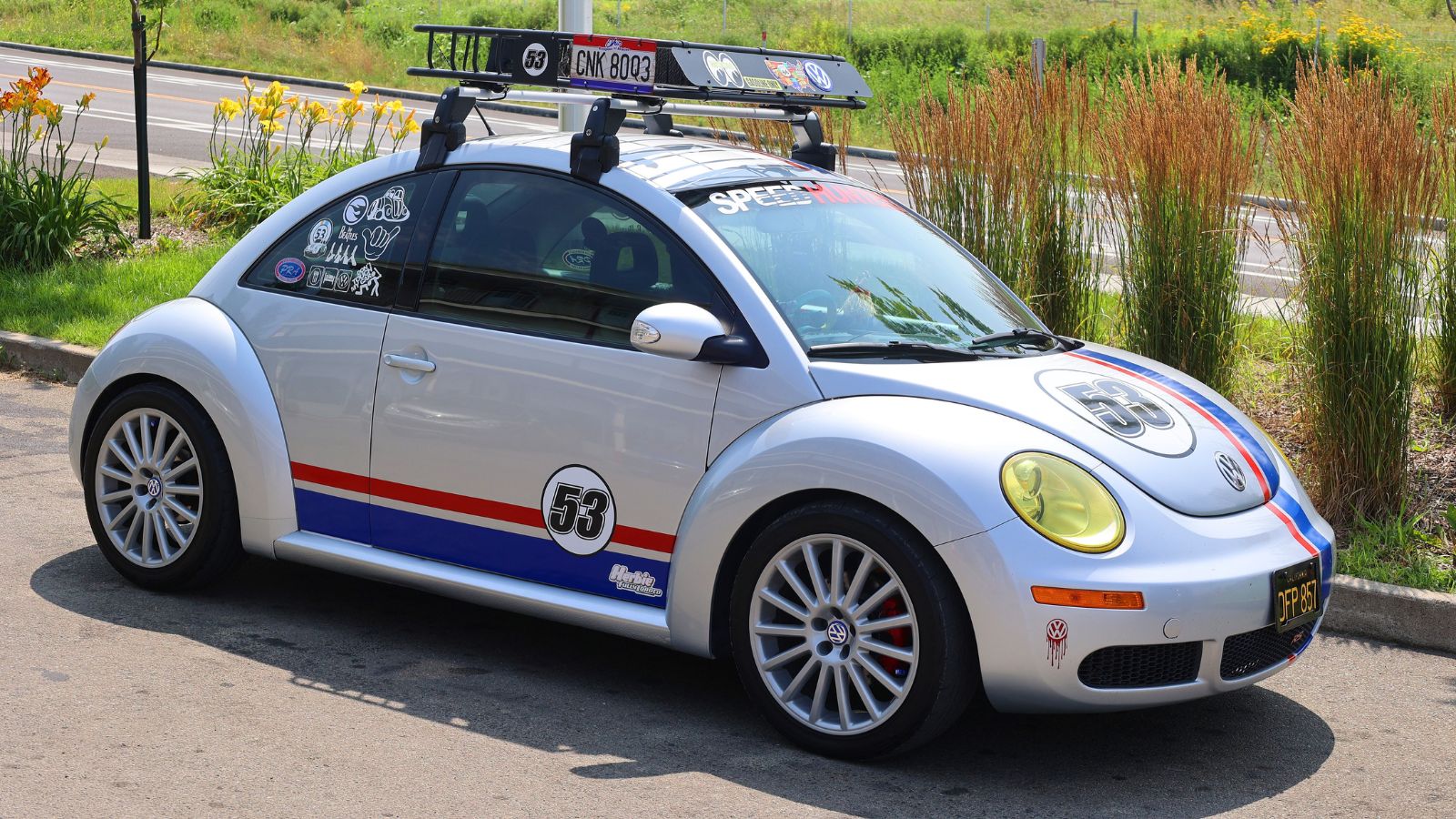
The Model T cars inspired the 1938 Volkswagen Beetle, which Adolf Hitler conceived as one for the masses. Although the car had a dark past, it became a smash hit by the late ‘50s worldwide. This car had a top speed of about 72 mph, could travel from 0 to 60mph in a mere 27.5 seconds, and had a 34 hp engine. The car was superior to other popular cars of the time, and it played a significant role in making car ownership more accessible for people worldwide.
1940 Willys-Overland Jeep

In 1940, the first-ever Jeep was created thanks to the brilliance and innovation of Willys-Overland, an Ohio-based automaker that was tasked to deliver a car that could handle military duty. The company made the prototype of the Jeep and called it the “Quad,” referring to its four-wheel drive system. The company built over 700,000 Jeeps before switching to civilian production and inspired the modern Jeep Wrangler of today. The Quad had a maximum speed of 65 mph, a four-cylinder engine with 60 hp, and weighed 2,200 lbs., playing an essential role in Word War II.
1947 Ferrari 125 S
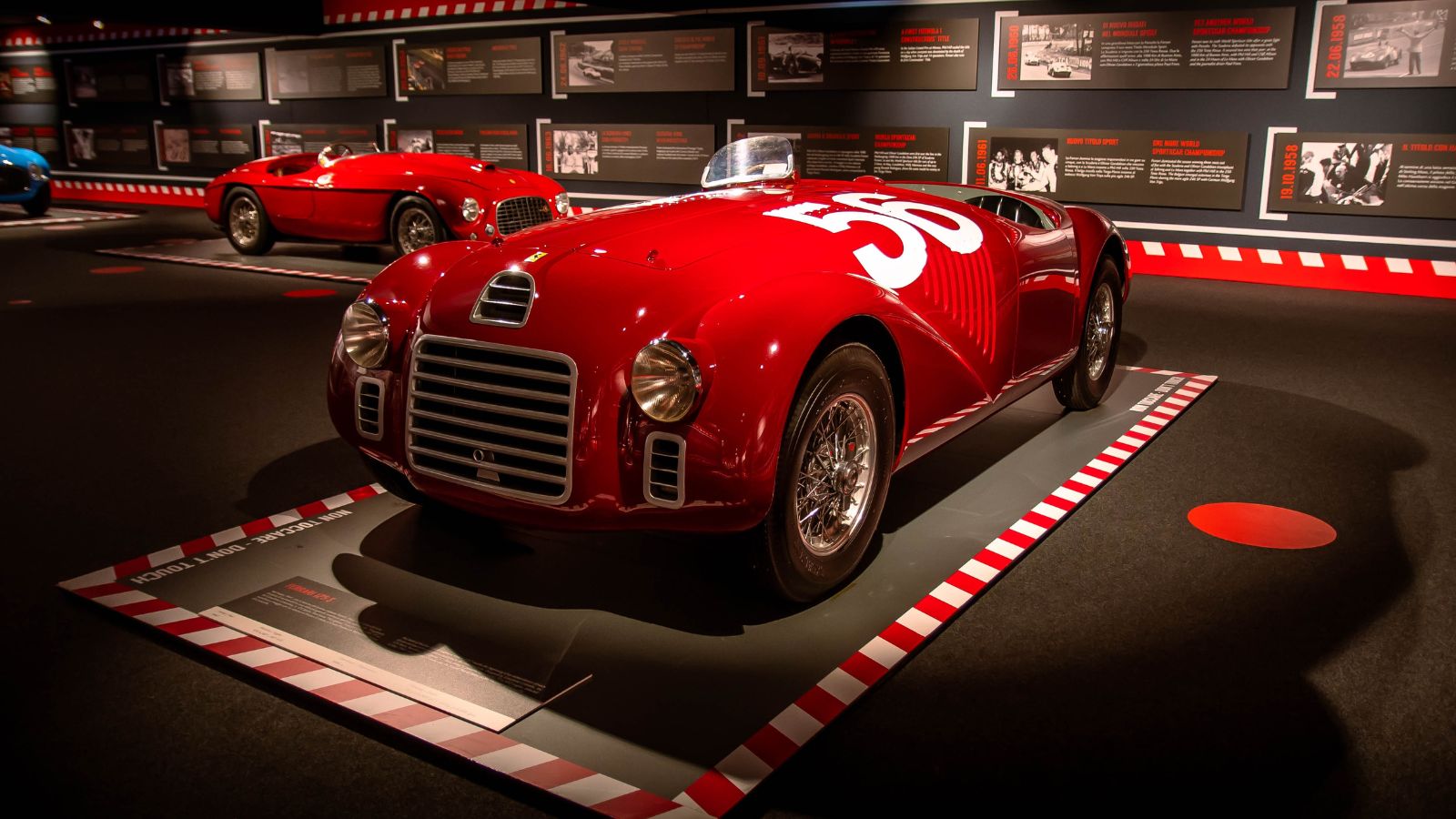
In 1947, the iconic red Ferrari car debuted for the first time at the Piacenza circuit in Italy when it made its racing debut. The 1947 Ferrari 125 S had a bright and voluptuous red color, 117 hp, and a V-12 engine that later became the Ferrari signature. There were only two Ferrari 125 S’s ever to be made. The car had an astounding top speed of 131 mph, and it went from 0 to 60 mph in a mere 10.3 seconds. These cars played a significant role in sportscars’ design and innovation, inspiring modern design today.
1948 Cadillac Tailfin
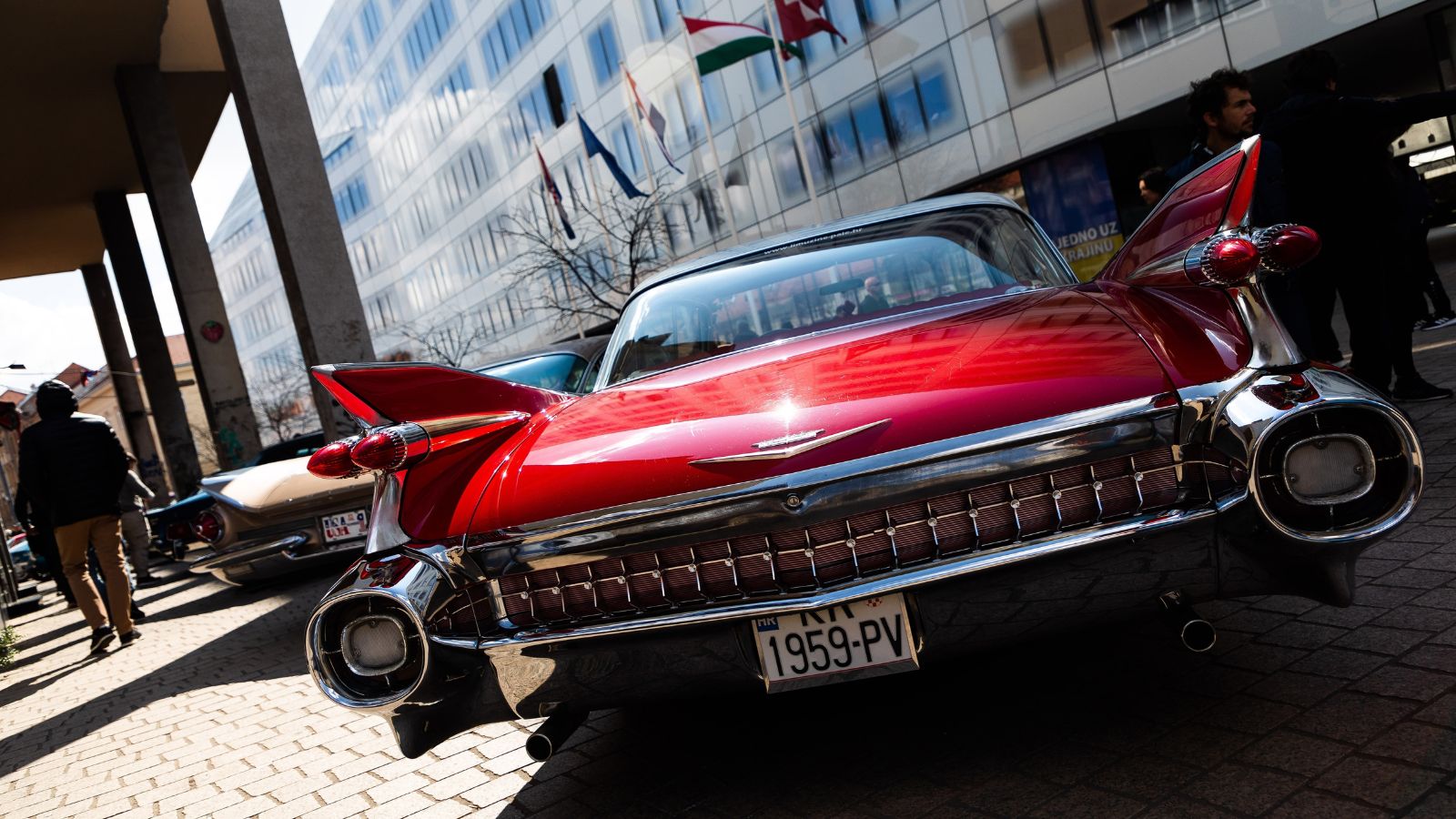
In 1948, the Cadillac Tailfin hit the market and created a spark in car design. The decorative tailfin took the US by storm and was seen in many American car designs by the late 1950s. The inspiration for the Cadillac Tailfin came from aircraft and undersea creatures, which led designer Frank Hershey to sketch out finned rear fenders for the car. This innovative design stuck around for over a decade, and more cars began to use tailfin designs that resembled the classic 1948 Cadillac tailfin.
1955 Volvo PV544 Sedan

For the first time in automotive history, a car was designed to have seat belts for increased safety measures. The seatbelts were introduced by Nils Bohlin, an ex-aviation engineer who developed a V-shaped, three-point front seat belt fitted into the 1955 Volvo PV544. These design features helped to make future cars safer for drivers and passengers, and it was only in 1968 the US mandated seatbelts in cars. This car also had a four-cylinder engine, a cam and roller steering gear, self-centering hydraulic brakes, and a weight of 2,140 lbs.
1964 Ford Mustang
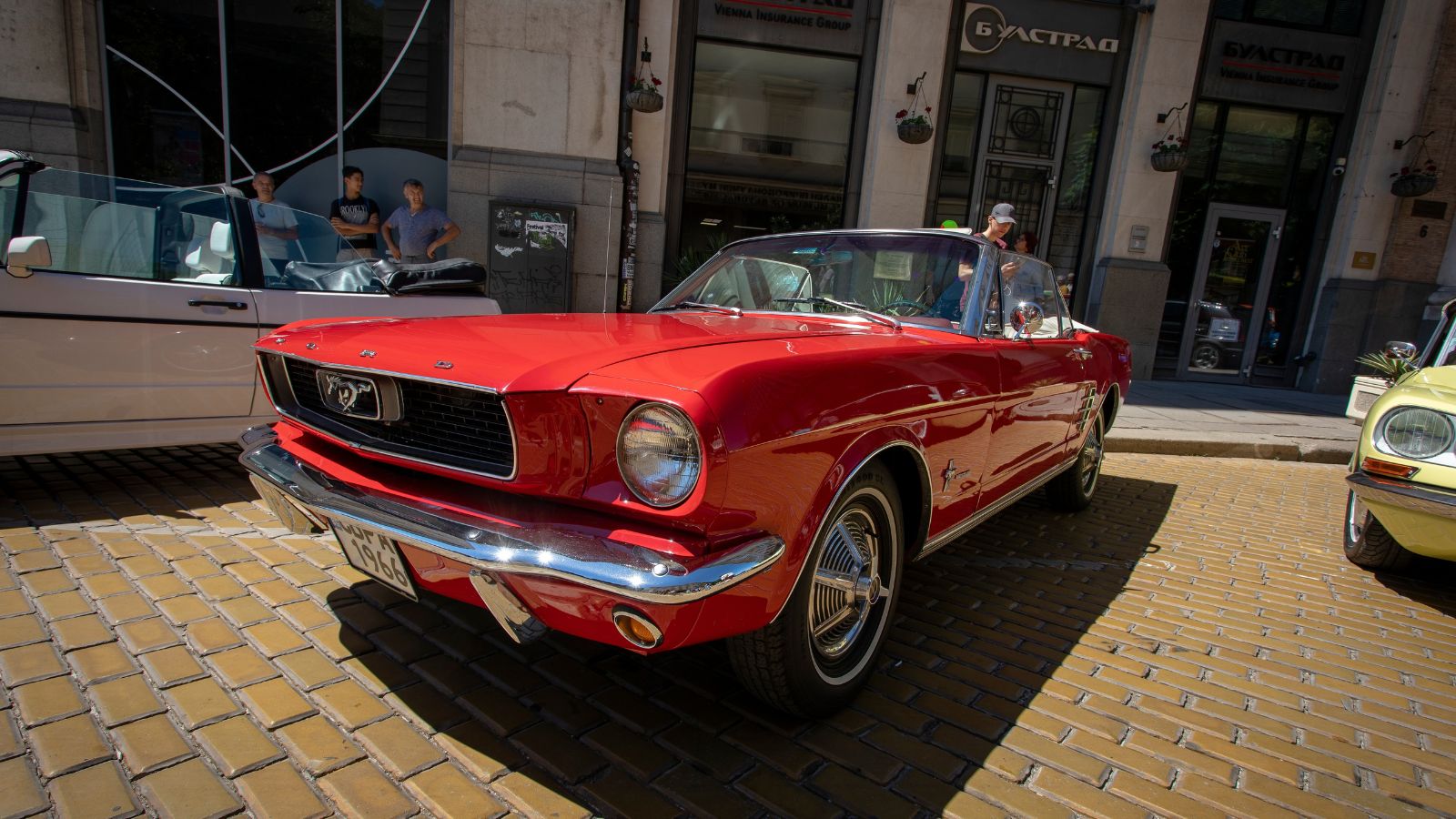
The 1964 Ford Mustang was unveiled at the New York World’s Fair, and it took the automotive industry by storm thanks to its unique design, which birthed the phenomenon of the “pony car.” The car offered consumers a range of choices on the kind of car they wanted. They could choose from four engines, three clutches, four brake systems, three steering systems, and much more. This made each Ford Mustang unique from the next and delivered the exact cars that customers wanted.
14 Supercars Under $100K That Deliver Breathtaking Speed and Style
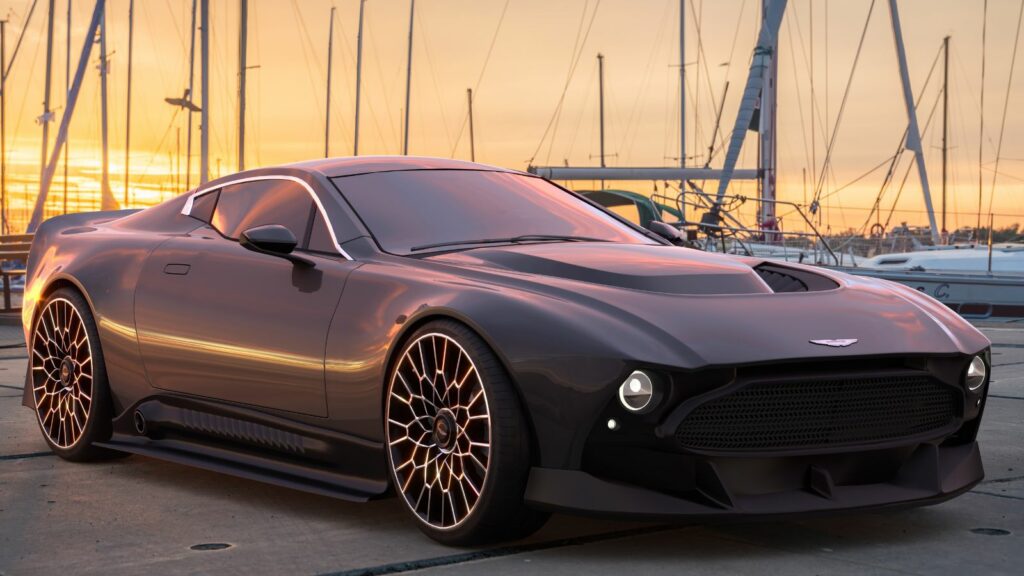
When you think of supercars, names like Ferrari, Lamborghini, and McLaren often come to mind, along with their staggering price tags. However, high-performance vehicles aren’t exclusively reserved for the super-rich. There exists a sweet spot where speed, style, and (relatively) sensible pricing converge, offering thrilling rides without completely obliterating your bank account. Hop in as we explore 14 underrated supercars under $100K.
14 Supercars Under $100K That Deliver Breathtaking Speed and Style
